(This is a fixed, more detailed version)
THANKS TO maruoshio FOR COOL MISSILES! Launch them using Air to Ground mode and choosing "Cleavers" DO NOT DROP OTHER BOMBS!
My most detailed aircraft yet, also with a lot of functions!
Wing geometry can be changed with AG2 and the VTOL slider (Affects lift and pitch). The wings slide backwards a bit automatically at high speeds to prevent drag.
AG3 activates landing lights and AG4 activates bright headlights. Landing gear works with LandingGear button and AG6 is made for the landing gear bay doors. (See my Fixed Bounder for an exact Landing Gear manual).
AG5 activates a little gyroscope that can help with landing (affects Trim).
AG7 deploys 2 landing chutes. For landing I suggest sliding the wings all the way to the front and trimming. Have fun flying!
The design OKB under the direction of Vladimir Myasishchev -- which had built the subsonic M-4 "Bison" and the one-off supersonic M-50 "Bounder" heavy jet bombers before being disbanded in 1960, to be resurrected in 1966 -- worked on their own concepts in parallel under the designation "M-20". The initial concept was a swing-wing aircraft with a strong resemblance to a scaled-up version of the US General Dynamics F-111 "Aardvark". This led to a canard aircraft with a "cranked arrow" wing; then concepts for canards with swing wings; and finally a concept for a swing-wing aircraft with a conventional rear tail assembly that had a resemblance to the US B-2.
Specifications
Spotlights
- AircraftoftheRedStar 5.5 years ago
- Tarquez 5.6 years ago
- Stormfur 5.6 years ago
- Typhoon03 5.6 years ago
- Zachareee 5.0 years ago
General Characteristics
- Created On Windows
- Wingspan 182.3ft (55.6m)
- Length 205.8ft (62.7m)
- Height 42.8ft (13.0m)
- Empty Weight 135,206lbs (61,328kg)
- Loaded Weight 245,088lbs (111,170kg)
Performance
- Power/Weight Ratio 0.55
- Wing Loading 31.0lbs/ft2 (151.4kg/m2)
- Wing Area 7,901.7ft2 (734.1m2)
- Drag Points 58523
Parts
- Number of Parts 767
- Control Surfaces 5
- Performance Cost 3,020


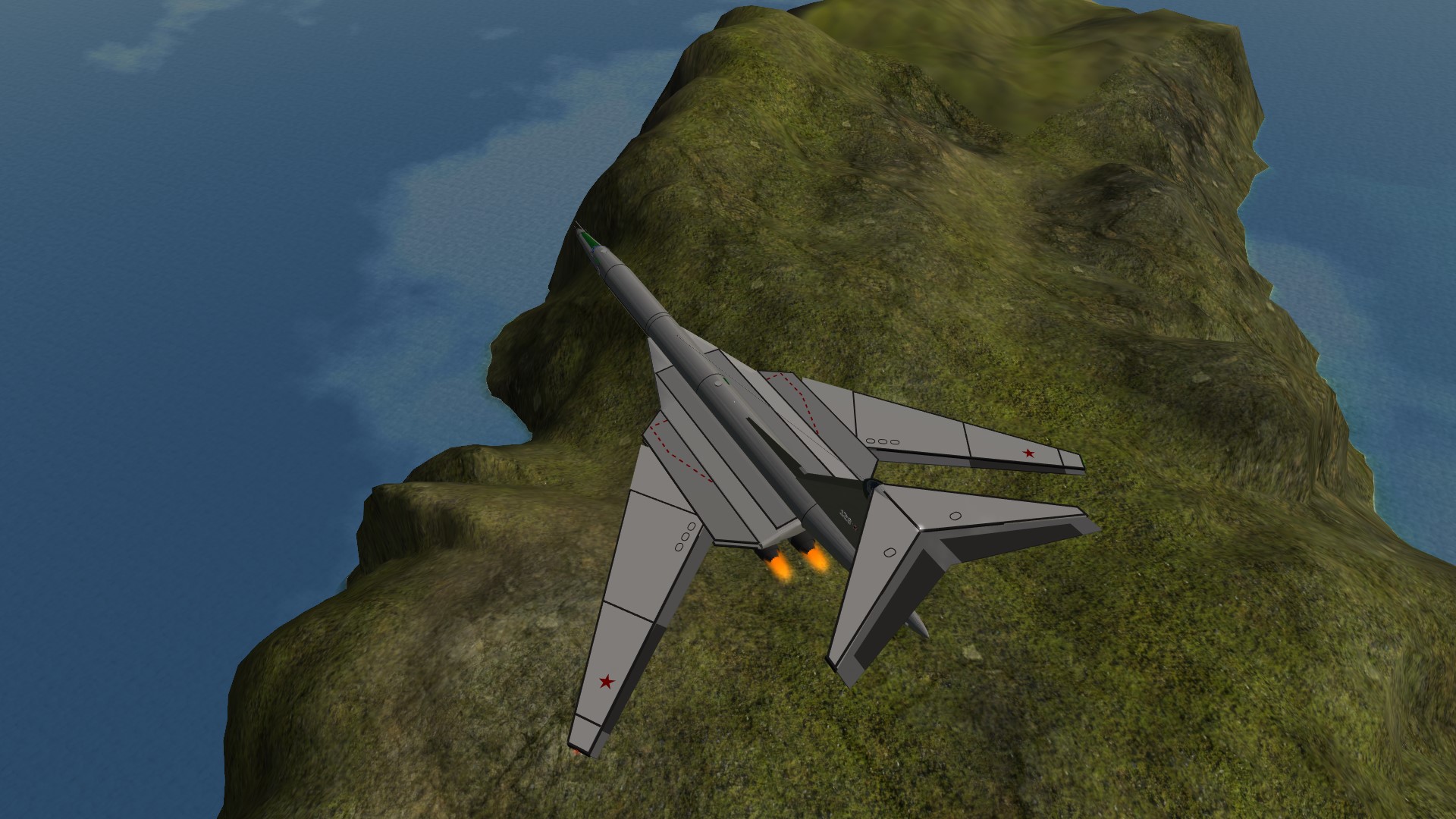
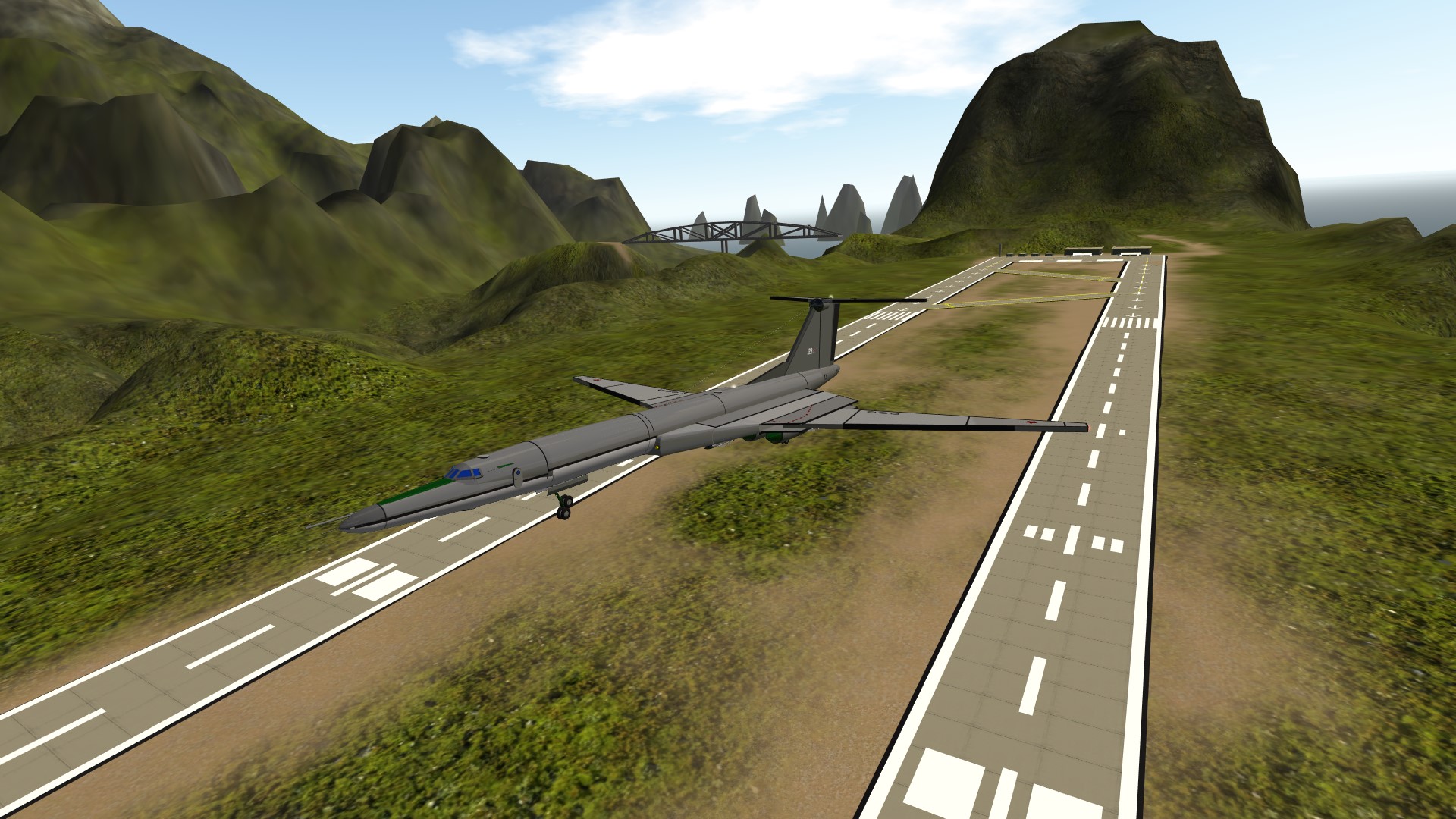
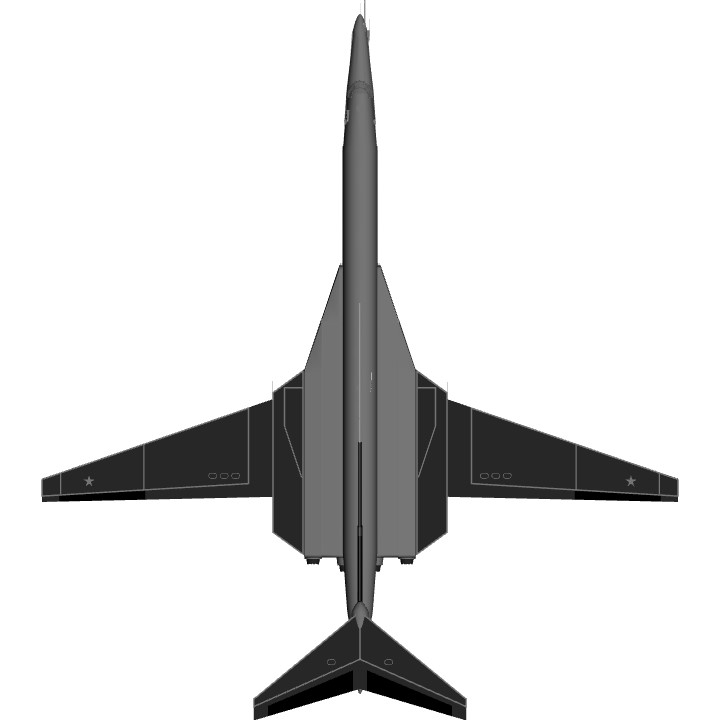
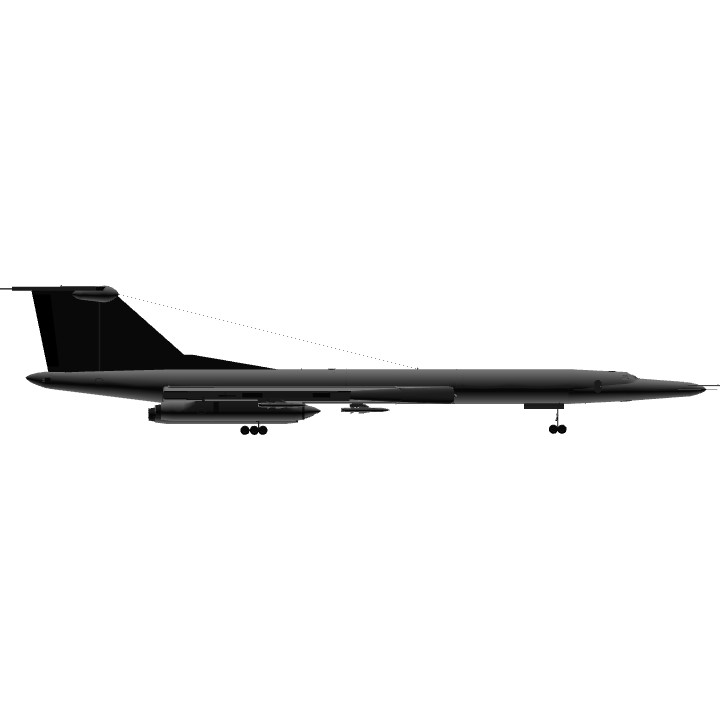
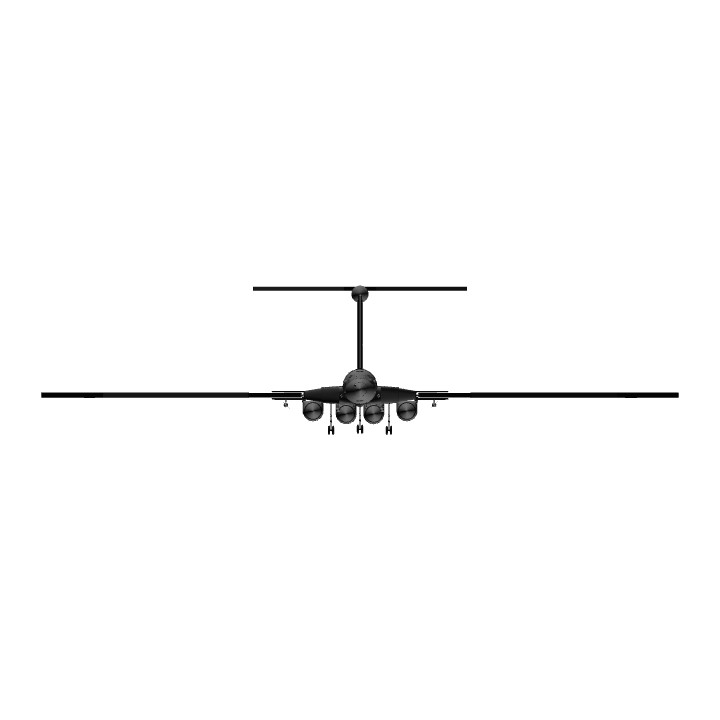
Very nice to see a piece of history. It’s crazy how many configurations the M-20 could have had.
Next up for improvement and reupload is Isdelie-60
Hyuge Beautiful
Nice detail work!